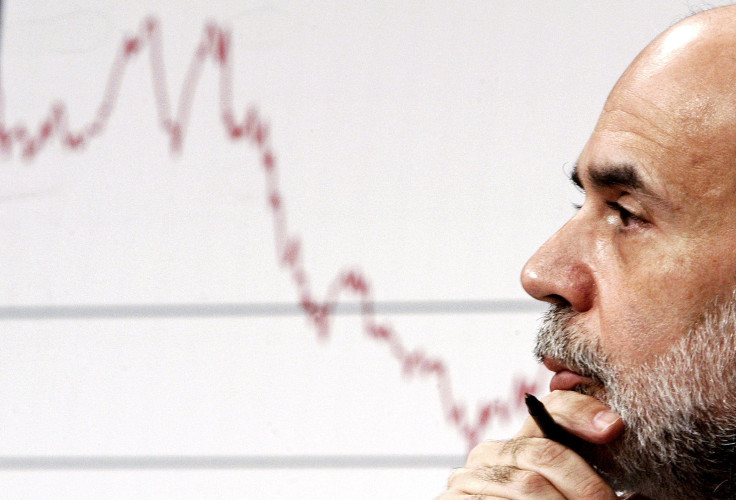Tapering Talk: Don’t Fear The Fed

The fixed income markets continue to be battered by the fears that the Federal Reserve will begin to taper their asset purchase programs as early as September. Yields across the Treasury yield curve have had a pronounced rise since May 21 with the 5-year note yield rising 72.4 basis points (bps), the 7-year by +91.5 bps, the 10-year by +88.8 bps and the 30-year bond +72.5 bps. During the same time period, the U.S. equity market (as measured by the S&P 500 stock index) is essentially unchanged with a modest loss of 0.24 percent.
The fact that stocks have outperformed Treasury securities since May 21, 2013, should not be a surprise to anyone. Looking forward, we believe that U.S. equities will continue to outperform Treasuries until yields reach levels that are once again attractive. Having said this, we believe that the Treasury market has moved far too fast and investors have become far too bearish relative to current U.S. economic data.
Billtrust which is engaged in outsource business-to- business (B2B) billing services released its B2B sales index earlier this week that portends a pronounced weakening of the U.S. economy towards the end of this year. More specifically, the B2B sales index has a very high correlation (0.79) with nominal GDP on a two-quarter lead basis. This index measures monthly growth rates of invoice amounts between corporate customers. The time series of log-differences slowed to a 0.04 percent seasonally adjusted growth rate in June 2013 vs. May 2013; and July’s number came in at a seasonally adjusted decrease of 1.30 percent. The July drop is 1.7 standard deviations below the historical monthly growth rate.
The release of this data has given us cause to reconsider how far Treasury yields might rise over the balance of the year. If the B2B sales index continues to print flat-to-negative numbers, then the forecast for fourth-quarter GDP will have to be revised materially downward. This stands in contrast with the prevailing view that economic growth will pick up in the second half of this year.
If the B2B sales data forecast proves correct, then investors should brace themselves for an increase in market volatility, a decline in long-term Treasury yields and the potential for the widening of credit spreads.
We believe that the data will not only be Treasury-friendly but also equity market-friendly as investors begin to push the timeline for an eventual rise in the Federal Funds rate beyond current expectations of mid-2015. This shift in view could lift stocks to even higher levels longer term.
While we believe that there is scope for long-term Treasury yields to fall from current levels, we are not bullish on long-term interest rates. Tactically, investors that are stymied by the recent sharp rise in Treasury yields should use any reversal as an opportunity to exit long- and short-term Treasuries in favor of equities.
Tom Sowanick is Co-President and Chief Investment Officer of Omnivest Group in Princeton, NJ.
© Copyright IBTimes 2024. All rights reserved.











